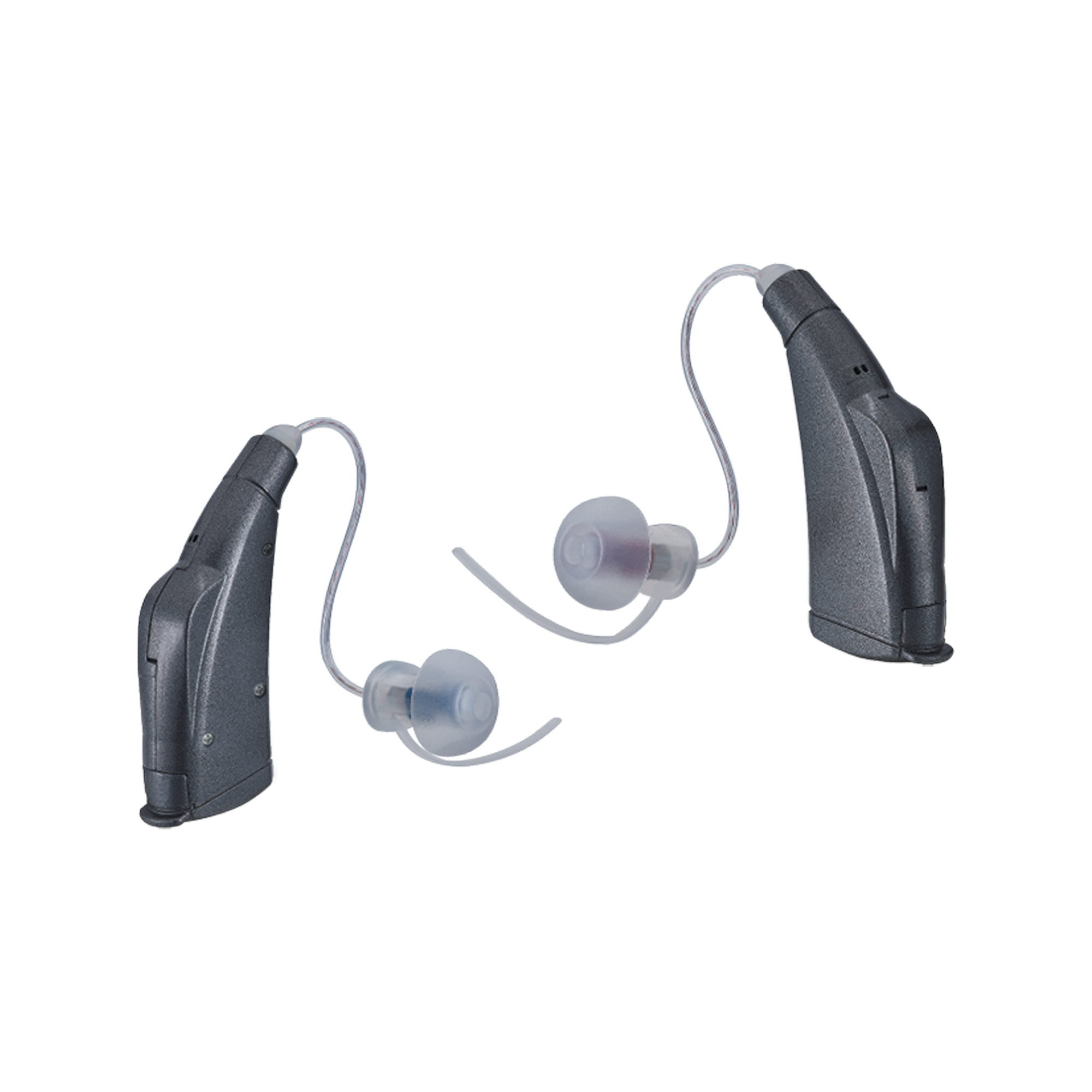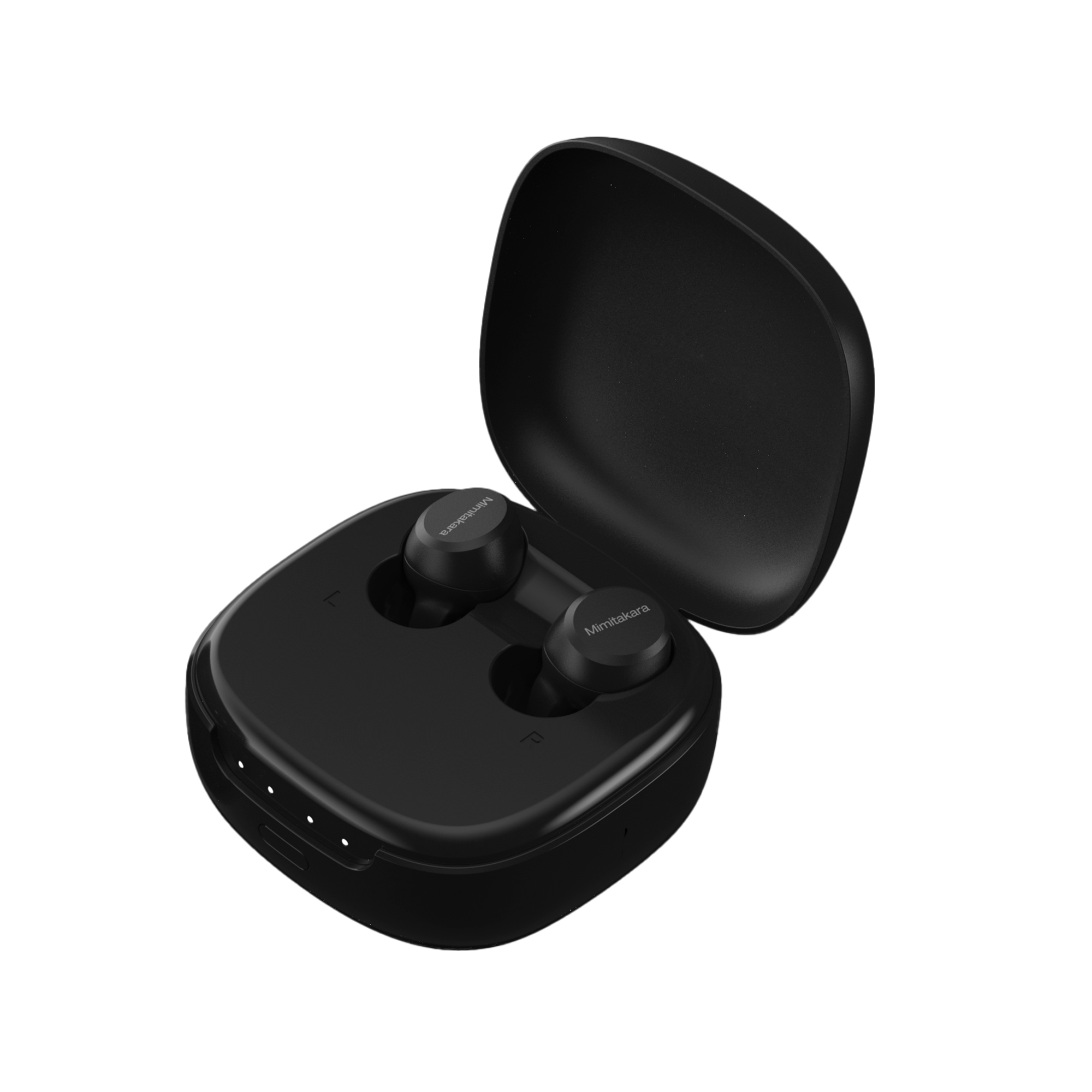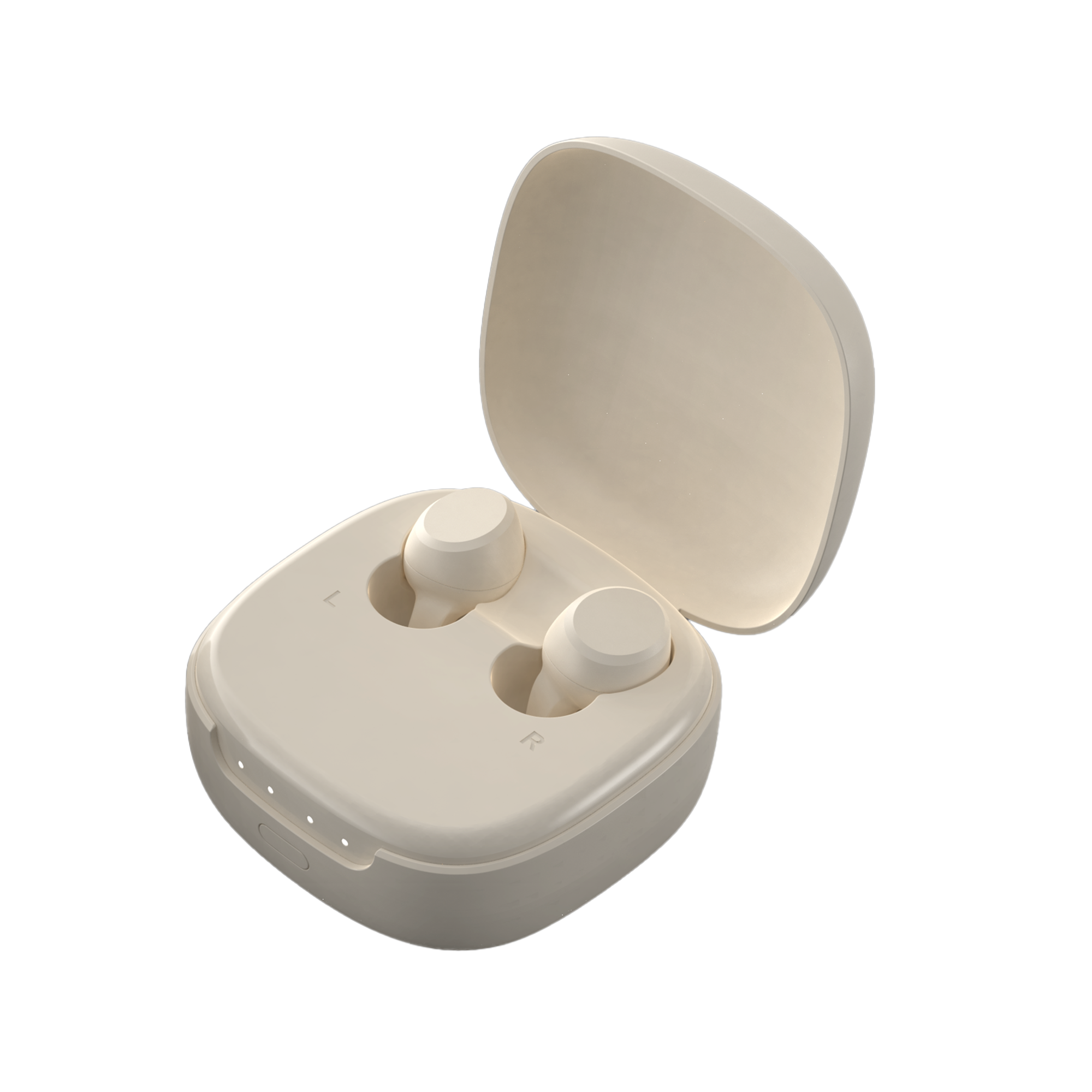Introduction
As we journey through life, our bodies undergo various changes, including shifts in our sensory capabilities. One of the most notable changes experienced by many individuals as they age is a decline in hearing ability. In this article, we'll explore the most common types of age-related hearing loss, shedding light on their characteristics, causes, and potential management strategies.
Sensorineural Hearing Loss
Sensorineural hearing loss is the most prevalent type of age-related hearing impairment, affecting the delicate sensory cells within the inner ear or the auditory nerve pathways. Common causes include natural aging processes, genetic predispositions, and cumulative exposure to loud noises over time. Individuals with sensorineural hearing loss often struggle to discern speech, particularly in noisy environments, and may experience difficulty understanding high-pitched sounds.
Conductive Hearing Loss
Conductive hearing loss occurs when sound waves are unable to travel effectively through the outer or middle ear to reach the inner ear. This type of hearing impairment can result from various factors, including earwax buildup, fluid accumulation due to infections, or structural abnormalities in the ear canal or middle ear bones. Unlike sensorineural hearing loss, which primarily affects clarity, conductive hearing loss typically leads to a reduction in sound volume, causing sounds to appear muffled or distant.
Mixed Hearing Loss
Mixed hearing loss involves a combination of sensorineural and conductive elements, often stemming from multiple underlying factors. Individuals with mixed hearing loss may experience a blend of symptoms associated with both sensorineural and conductive impairments, such as reduced clarity and volume of sound perception. This type of hearing loss can present unique challenges and may require a comprehensive approach to management.
Management Strategies
While age-related hearing loss is generally irreversible, various management strategies can help individuals effectively navigate its impact on their daily lives. Treatment options may include hearing aids, which amplify sounds to compensate for diminished hearing sensitivity, or assistive listening devices designed to enhance speech clarity in challenging environments. In some cases, medical interventions such as surgical procedures or treatments for underlying conditions may be necessary to address conductive components of hearing loss.
Conclusion
Age-related hearing loss is a common yet complex condition that can significantly impact an individual's quality of life. By understanding the different types of age-related hearing impairments and their underlying causes, individuals can take proactive steps to address their auditory health and seek appropriate management strategies. Regular hearing assessments and consultations with healthcare professionals are essential for early detection and personalized treatment plans tailored to individual needs, ensuring that individuals can continue to engage actively in their communities and maintain a high quality of life as they age. Think getting hearing aids is the right step to make? Let Mimitaraka help!










